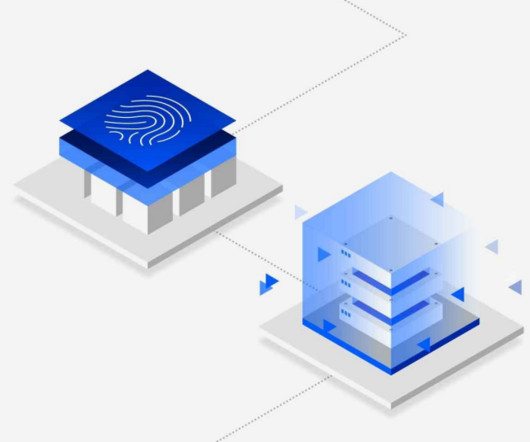How to use data detection and response (DDR) to gain early warning into data leakage from insider threats
Laminar Security
DECEMBER 11, 2023
DDR is a data security solution that leverages artificial intelligence, machine learning, and behavioral analytics to monitor, detect, and respond to data activity across endpoints, networks, cloud, and applications. DDR detects anomalous or suspicious data behavior that may indicate insider threats or other data security risks.





























Let's personalize your content